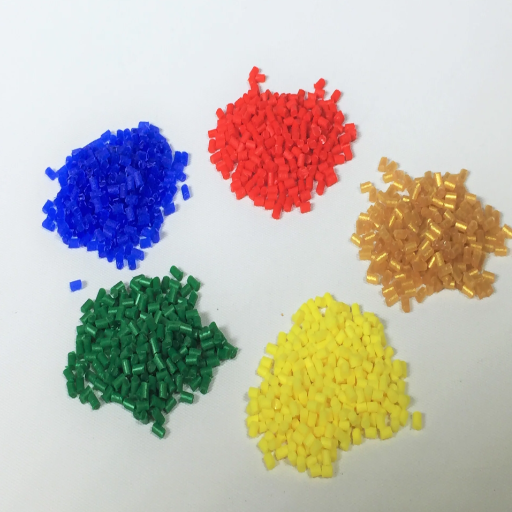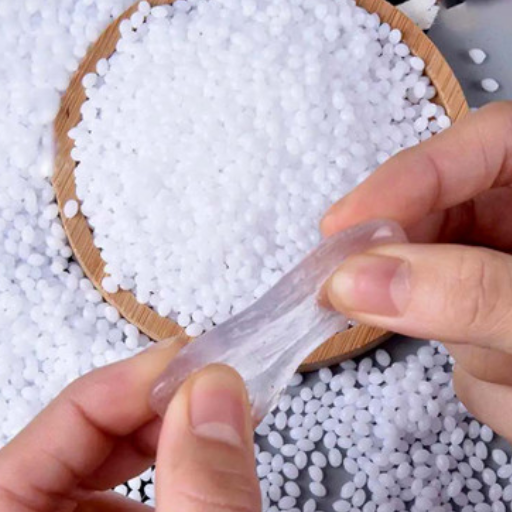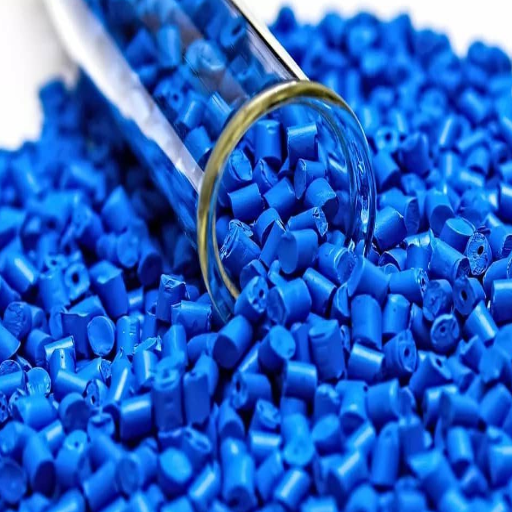High-Density Polyethylene (HDPE) is an unparalleled and one of the most popular thermoplastic polymers known for its unbeatable strength-to-weight ratio. It is used for a wide range of applications. HDPE is obtained due to the polymerization process of ethylene, and this polymer has emerged as one of the essential materials in an array of industries, namely, food packaging, construction, medical and devices, automotive, and so on. This blog investigates the polymer’s new properties, benefits, and industrial uses. It also examines the environmental implications and how much it can be recycled. At the end of the article, the reader is expected to understand in detail why HDPE is the most sought-after material in contemporary manufacturing and how it is possible for so many companies worldwide to use it while being so different.
What are the key properties of HDPE plastic?
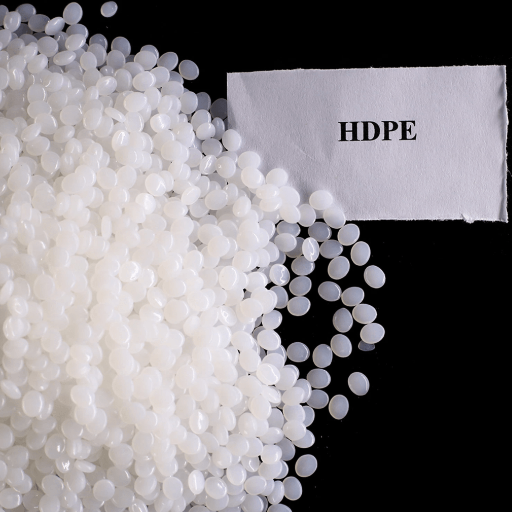
HDPE, which stands for High-Density Polyethylene, is easily recognizable due to its extreme strength-to-density ratio, making it a firm and lightweight material. Its stability is also impressive, as it can withstand degradation from exposure to various acids, bases, and other chemicals. This material also has excellent impact properties, allowing it to withstand great stress without the risk of breaking or cracking. The usage of HDPE has dramatically increased because of its high melting point and moisture-resistant nature. Such properties allow the material to be easily molded into shape and recyclable, resulting in a more eco-friendly approach. These characteristics give HDPE the ideal qualities to be used in industries seeking strong and enduring material.
How does HDPE’s strength-to-density ratio compare to other plastics?
High-density polyethylene, or HDPE, is more rigid for a greater volume when compared to most polymers. This is the best combination of a high molecular density and a low volume with great compressive strength. This is the rationale for the existence of HDPE, in stark contrast to LDPE, which is poor in tensile rigidity. These advantages and high tensile strength make it more desirable than other polymers, such as polypropylene or polystyrene. This has made HDPE a go-to for industries where impact is a factor, such as construction and automotive. When HDPE has a high tensile resistance yet a low density, it has multiple applications that improve the financial structure.
What is the melting point of HDPE, and why is it important?
HDPE melts between 120°C and 130°C (248°F to 266°F). This is one of any material’s most crucial physicochemical properties since it dictates the range of applications it is best at. Molding and extrusion can be done flawlessly as the material turns into a large amorphous body at a beat melting point, granting stability for various segments. Furthermore, a high melting point also benefits the thermal property of this polymer, which extends the range of uses and, therefore, has low deformation risks when heat is applied.
How does HDPE’s chemical resistance benefit various applications?
The chemical resistance offered by HDPE is one of the reasons that its demand is relatively high among different industries. It exhibits high resistance to many acids, bases, and hydrocarbons. Therefore, it can be used to construct chemical storage tanks, pipeline systems, and containers used for corrosive materials. This attribute helps HDPE to retain its shape and prevents the materials stored within from getting contaminated, mixed, or reacting with the chemical composition of HDPE. Moreover, the ability to resist environmental stress cracking further increases its reliability of use in various industries, including agriculture, pharmaceuticals, and waste management.
What are the most common uses for HDPE plastic?

Due to its strength and versatility, HDPE plastic is used in a wide range of industries. It is used for piping systems for water and gas distribution and chemical and fuel storage tanks. The material is extensively used in items produced for mass consumption in the household, like bottles, containers, plastic bags, etc. In addition, geomembranes and weather-resistant sheeting also contain HDPE as the integral component. Besides this, it is also helpful in agricultural films, industrial drums, and packaging solutions and thus makes itself a helpful material in countless industries.
How is HDPE used in packaging and containers?
HDPE is widely used to manufacture packaging and containers because of its superior strength, vast expansion, and chemical resistance. It is extensively used in producing bottles of beverages, milk, and detergents because it is impossible for them to leak and other valuable items to be protected. Further, because HDPE is food and drug administration food safe and moisture resistant, it is also used for food storage containers. Among industrial packaging requirements are a drum and a jerry can, which depend on the high tensile strength of HDPE to safely transport chemicals and other hazardous substances. Its low weight contributes to the economic aspect of transport by reducing weight expenses while offering dependable strength properties. These features make it possible for HDPE to be used in various forms of packaging across many industries.
What role does HDPE play in the construction industry?
The construction industry is vital in using HDPE owing to its toughness, many applications, and environmental challenges. It is widely used, for example, in piping systems for the distribution and drainage of water because it does not corrode and does not react chemically. The ability of geomembranes to be HDPE-based and its impact-resistance properties allow for HDPE’s application in landfill and reservoir liners while providing long-term containment. Also, because of the lightweight characteristics, transportation and installation processes are more manageable, thus enhancing efficiency and reducing costs on construction projects.
How is HDPE utilized in the automotive sector?
The high density of polyethylene overall has much usage in the automotive industry because of its required properties and factors and its strength-to-weight ratio. For instance, the material fits fuel tanks, reducing the vehicle’s weight and enhancing the required strength or capacity to contain fuel. Moreover, high-density polyethylene is used to manufacture car liners, ducts, and piping systems, which feature high resistance to chemicals, heat, and impact. Further, the ability to recycle and relatively lower costs make it quite appealing to car makers seeking to maximize performance and reliability and achieve their sustainability targets.
What are the benefits of using HDPE plastic?
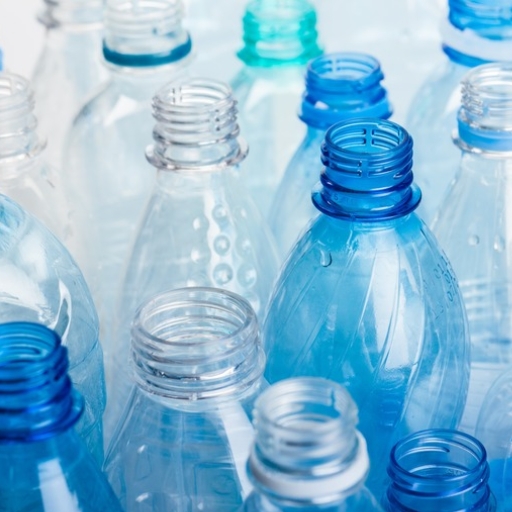
The cost-effectiveness complements the other strengths of HDPE plastic, which has a high resistive value, is lightweight, and is highly durable. Materials such as HDPE must be embraced to protect the environment. After all, such materials can be recycled. With such materials, manufacturers can benefit as they reduce the impact of cost, provide a high level of durability, and maintain structural performance. HDPE materials are solutions for automotive parts, industrial products, and consumer goods.
Why is HDPE considered an environmentally friendly plastic option?
Low-density polyethylene can be recycled, which is one of its main advantages. As such, products do not have to be discarded and can help manufacture new items, therefore minimizing waste. One aspect that makes low-density polyethylene very useful in continuously producing forms is that its quality and efficiency do not diminish as the amount of time used increases. As a result, resources demand spending less on replacements, extending product life spans. Furthermore, polymers are not energy intensive in their production; unlike most other polymers, ressurecycling HDPE plastics has no substantial loss. Due to various reasons, density polyethylene can be used across multiple industries while replacing HDPE will not create issues.
How does HDPE’s durability contribute to its popularity?
HDPE is extraordinarily durable to impact, stress, and environmental factors, which makes it very popular. Such resilience allows it to withstand high-demand applications such as pipes, containers, and industrial parts. Its performance under extreme conditions and reliability guarantees fiscal savings on long-term maintenance, which is helpful in any line of work. Also, its slight weight combined with resistance makes it versatile, which, to say the least, allows it to find numerous applications in the consumer and industrial market, where it is in widespread use.
What makes HDPE an ideal material for food and beverage packaging?
High-density polyethylene is the best food and beverage packaging option as it is strong, resistant, and safe. It freeloads on the FDA’s guidelines and has absolutely no toxicity, meaning it cannot release any undesirable chemicals or enzymes that could contaminate the food or drink, even if possibly affected by a range of temperatures. It is an impact-resistant, moisture-resistant, and chemical-resistant packaging material, thus protecting the contents and increasing the shelf life. Also, because it is lightweight, costs to ship it are low, and there are low costs in producing it because it is recyclable, which aligns with sustainable goals. These features have contributed to the dependence on high-density polyethylene to safeguard food and beverage storage across different segments of the economy.
How does HDPE compare to other types of polyethylene?
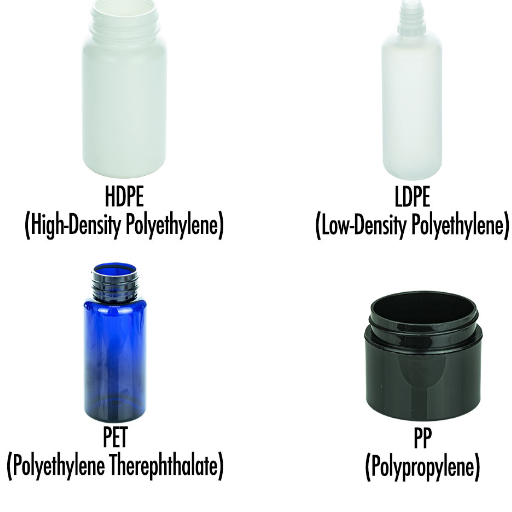
HDPE possesses a high strength-to-density ratio or quality, coupled with high density, which sets it apart from LDPE or linear low-density polyethylene. While HDPE displays excellent properties in impact resistance, rigidity and temperate changes, LDPE is characterized by a significant degree of flexibility and low strength and density, which HDEP doesn’t possess. HDEP encompasses a higher tensile strength than LLDPE but is not as stretchable. As a result of such characteristics, HDPE has become the preferred material for several applications, such as heavy-duty containers and pipes in industrial settings where reliability and longevity are essential.
What are the main differences between HDPE and LDPE?
There are differences in the density, which creates different applications, structural build, and properties for HDPE and LDPE. HDPE has a greater density (0.941–0.965 g/cm³) than the LDPE (0.910–0.940 g/cm³). This means that the crystalline structure of HDPE is more substantial, giving it better tensile strength, impact, and heat resistance. LDPE is soft and more flexible, perfect for applications that include HDPE plastic bags and containers. This applies to HDPE as well. Due to its density, it can withstand being used for heavy-duty items and contained in industrial barrels and piping. LDPE, on the other hand, is lighter and has a lower melting point, which makes it easier to use for packaging. Generally, using LDPE is more straightforward, but these two are opposites regarding crack resistance from environmental factors because HDPE has less resistance.
How does the density of HDPE affect its performance?
The amount of applications uses the density of HDPE for its mechanical and physical features. Each density has features; for example, added density increases durability, making the HDPE fit for extreme conditions such as harsh piping and industrial tasks. However, more density can affect flexibility, which is not ideal for many. Due to this density, the ability to resist stress increases, so the strength will not budge under intense conditions, making it perfect for heavy-duty tasks.
In what applications is HDPE preferred over other polyethylene types?
HDPE is frequently used for applications requiring high strength, longevity, and chemical resistance. It finds application in manufacturing industrial pipework systems, owing to its outstanding capacity to withstand high pressure, corrode, and damage from harsh environments. Also, HDPE is the selected material for large containers such as drums and fuel tanks, where its resistance to impact and low permeability are essential. It is also used in geomembranes and plastic sheeting for landfill liners and agricultural uses, where its outstanding resistance to environmental stress cracking contributes to the durability of the membranes. Among the various polyethylene varieties, HDPE has been known to be particularly useful in scenarios where mechanical stress is applied while maintaining the structure and strength of the components.
Is HDPE plastic recyclable?
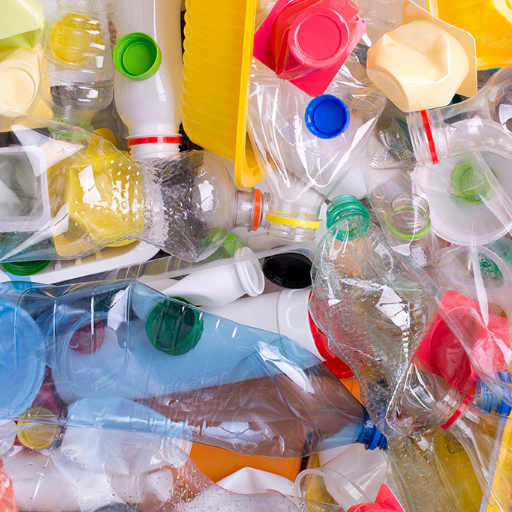
High-density polyethylene plastic is one of the most well-known recyclable plastics in the world, and, as a result, it is one of the most used plastics in the world as well. It can be reused for various goods, including pipeline[s], plastic timber, bottles, and garden chairs. Therefore, recycling HDPE aids in the reduction of environmental burdens, preservation of deterrents, and the decrease in the amount of waste produced as well. The material should be organized and washed correctly to maintain its properties and quality for reuse.
What is the recycling process for HDPE plastic?
The plastic recycling process of HDPE is quite tedious, as it requires multiple interrelated steps, to retain the material’s quality and make it reusable. Firstly, HDPE products are gathered and stripped from other plastics before processing. Then, they are cleaned from pollution of labels, stickers, and residues, followed by shredding to flakes or granules after washing. After this stage, available material can be produced- by melting the flakes, as mentioned earlier. Other advanced technologies like infrared sorting or chemical recycling can be used for further improvements in material purity and recovery. This step-by-step approach allows HDPE to be a highly efficient and low-waste material to use not only for various industries but also for consumers.
How can consumers identify and properly recycle HDPE products?
To determine whether the product is made of HDPE, I look for the number “2” resin, which has a recycling triangle usually attached to the product. It is a general best practice to rinse out containers to eliminate any remaining contents and then place them in suitable containers for recycling. Another thing I do is learn about local vinyl recycling requirements because some facilities will only accept certain forms of HDPE produce, including bottles and jugs. With all these measures, I make sure that HDPE products are prepared to be recycled properly and can be reused.
What are the environmental benefits of recycling HDPE?
Many other environmental considerations should be considered when recycling; for instance, recycling HDPE or plastic high-density polyethylene decreases the energy used to generate plastics, which is apparent in the context. This also reduces the energy and emissions linked to the industries that perform mining and refine raw materials. Furthermore, recycling HDPE decreases the volume of plastic waste that would have been destined for landfills, thus reducing the pollution of water and land, which results in plastics decomposing in landfills over time. Using HDPE to construct new lines, bottles, containers, and other items benefits the circular economy by enhancing savings and reducing ecosystem harm.
What are the disadvantages of using HDPE plastic?
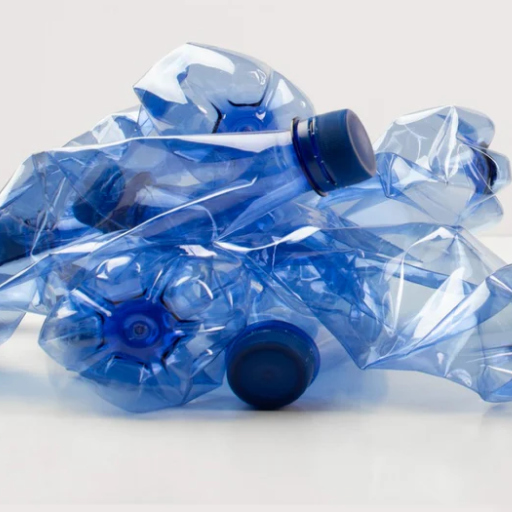
While it certainly has its perks, HDPE has a few drawbacks, especially regarding its environmental impact. Let’s review some of its implications on the environment. First, being a product produced using fossil fuels will likely cause pollution and contribute to global warming in the long run. Another issue that comes to play with HDPE is that even though it is recyclable, it still takes centuries to decompose, thus, if mismanaged, is likely to deteriorate the environment. The last issue is that if HDPE gets into landfills without proper recycling, it is expected to leach harmful chemicals into the food chain. If all these reasons were insufficient, as if to add to the problem, HDPE also requires very low temperatures to solidify correctly, preventing it from being used in most industries.
Are there any limitations to HDPE’s temperature resistance?
As with every material, with HDPE there will always be a threshold, in this case it can withstand temperatures ranging from 120 to 180 degrees Fahrenheit depending on the context. If we expose HDPE to higher than recommended temperatures, it might lose its shape and integrity, thus completely tampering with the product produced. Another point to consider is that when HDPE is exposed to frigid temperatures, the likelihood of cracking increases, weakening the material. Because of these reasons, HDPE can’t be used for industrial purposes where it steams or is subjected to high amounts of heat for an extended period.
How does HDPE perform under UV exposure?
Although HDPE can withstand some UV exposure, it is far from being classified as UV resistant. Any substance exposed to a high level of ultraviolet radiation for an extended period will break down, causing discoloration and the formation of a white substance on the surface, along with decreased mechanical strength properties, including tensile strength. To counter this issue, carbon black and other compound additives are mixed during manufacturing, improving outdoor usage tremendously. Without these additives, HDPE can perform poorly under UV radiation and is thus unsuitable for places constantly exposed to sunlight.
What are the challenges in printing or labeling HDPE surfaces?
HDPE surfaces are an obstacle to labeling or printing as they cannot be wetted or penetrated by standard glues and dyes; these materials have low surface energy, leading to high adhesion-inhibiting properties. So, these properties of the inks and labels result in smudging, peeling, or detaching the ink or label over time. Moreover, HDPE’s chemical stability makes certain glues and solvents that enhance scratch resistance ineffective. To fix these issues, corona discharge, flame treatment, or plasma treatment can promote wetting and adhesion with inks and labels.
How is HDPE plastic manufactured?
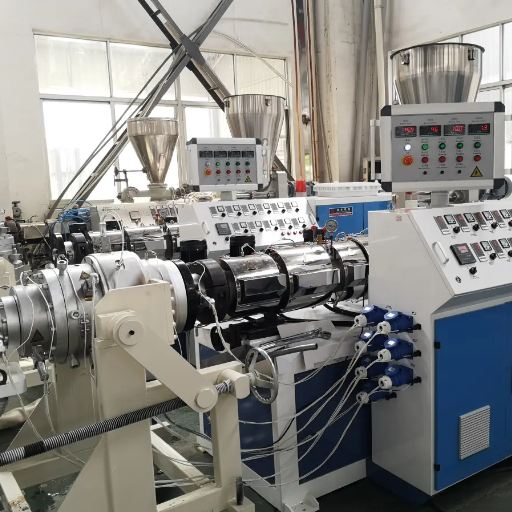
High-density polyethylene (HDPE) is synthesized through a chemical process known as polymerization, in which ethylene is catalyzed through Ziegler-Natta or chromium composition under low-pressure conditions. Due to polymerization, the molecular chain produced is linear and has a high weight-to-strength ratio. The resulting HDPE resin is then melted and cast into small firm resin pellets, which can be employed in various mechanical processes, including extrusion, injection, and blow molding, to make a wide range of products. Sometimes, specific additives are also added during the production of these products to provide UV resistance, coloration, or increase in durability during use.
What raw materials are used to produce HDPE?
The principal feedstock for synthesizing high-density polyethylene (HDPE) is ethylene, obtained from various petrochemicals such as natural gas liquids (a prime example is ethane) or naphtha by cracking. Ethylene is the monomer in the polymerization process, which is composed of a polymer. Furthermore, Ziegler-Natta or chromium-based compounds can aid the polymerization reaction at certain temperatures and pressures. Depending on the end product requirements, other additives such as antioxidants, UV stabilizers, or pigments can also be added while synthesizing. All these raw materials strengthen Hdpe together by providing higher degrees of flexibility and improved chemical resistance.
What are the different grades of HDPE and their applications?
High-Density Polyethylene is the other name for this polyethylene thermoplastic, which is available in several grades. These are classified into three main types: blow molding, injection molding, and film grade. The blow molding grade is of great use for making hollow shrink containers of various shapes, fuel tanks, and any objects made of industrial drums, as it has excellent tensile strength and rigidity. Parts made with the injection molding grade, such as caps, crates, and ferrules, are strong thanks to their toughness and dimensional size stability. Packaging films, grocery bags, and even agricultural films use film-grade HDPE due to its flexibility and high resistance to tear. The wide range of applications for each grade makes them ideal for their intended purpose.
How does the manufacturing process affect HDPE’s properties?
Rotational molding, extrusion, blow molding, and injection molding are all critical procedures in forming and enhancing HDPE. The phases of its manufacturing process markedly influence HDPE’s physical and mechanical properties. For instance, varied temperature and pressure levels during the polycondensation stage invariably affect the branching structure and, in turn, numerous physical properties such as tensile strength, impact resistance, and stiffness. The HDPE polymer can also be modified in the post-production stage by adding additives that enhance UV resistance, thermal stability, and color stabilization, making it suitable for various uses. Ultimately, HDPE polymers can be customized to acquire specific physical and mechanical properties through injection, blow, or extrusion molding, making them suitable for various industrial endeavors.
References
Frequently Asked Questions (FAQ)
Q: What is high-density polyethylene (HDPE)?
A: High-density polyethylene (HDPE) is a versatile plastic made from petroleum. It is known for its high strength-to-density ratio, durability, and resistance to many solvents. HDPE is commonly used in various applications, including packaging, pipes, and plastic lumber.
Q: What are the main benefits of HDPE plastic?
A: HDPE’s notable benefits include its high strength, chemical resistance, and recyclability. Its high melting point makes it suitable for use in high-temperature applications. Additionally, HDPE is lightweight, cost-effective, and has excellent moisture barrier properties, making it ideal for packaging and container manufacturing.
Q: What are some typical applications of HDPE?
A: HDPE is commonly used in various applications, including 1. Plastic bottles for milk, shampoo, and household cleaners 2. Food packaging containers 3. Pipes for water supply and drainage systems 4. Plastic lumber for outdoor furniture and decking 5. Fuel tanks for vehicles 6. Toys and playground equipment 7. Industrial containers and drums
Q: How does HDPE compare to other types of polyethylene?
A: HDPE is known for its higher density and strength than low-density polyethylene (LDPE). Although HDPE’s density is only marginally higher than LDPE’s, it offers superior tensile strength and chemical resistance. This makes HDPE more suitable for applications requiring durability and structural integrity.
Q: Is HDPE environmentally friendly?
A: HDPE is considered more environmentally friendly than some other plastics. It is commonly recycled and can be repurposed into new products. Producing HDPE plastics requires only a fraction of the energy needed for other materials. However, like all plastics, proper disposal and recycling are essential to minimize environmental impact.
Q: What are the advantages of HDPE packaging?
A: HDPE packaging offers several advantages: 1. Excellent moisture barrier properties 2. Resistance to chemicals and corrosion 3. Lightweight, reducing transportation costs 4. Durability and impact resistance 5. Food-safe and FDA-approved for food contact 6. Recyclability, making it a more sustainable option 7. Cost-effectiveness compared to other packaging materials
Q: Can I buy HDPE plastic for personal or industrial use?
A: You can buy HDPE plastic in various forms for personal or industrial use. HDPE is available as sheets, rods, pipes, and pellets for manufacturing. You can purchase HDPE products from plastic suppliers, hardware stores, and online marketplaces. When buying HDPE, consider the grade and specific properties required for your intended application.
Q: Are there any disadvantages of HDPE?
A: While HDPE has many benefits, it does have some disadvantages: 1. It can be susceptible to stress cracking under certain conditions 2. HDPE is difficult to bond with adhesives 3. It has a relatively low maximum usage temperature compared to other plastics 4. HDPE can be prone to UV degradation if not properly stabilized 5. It may not be suitable for applications requiring high transparency

